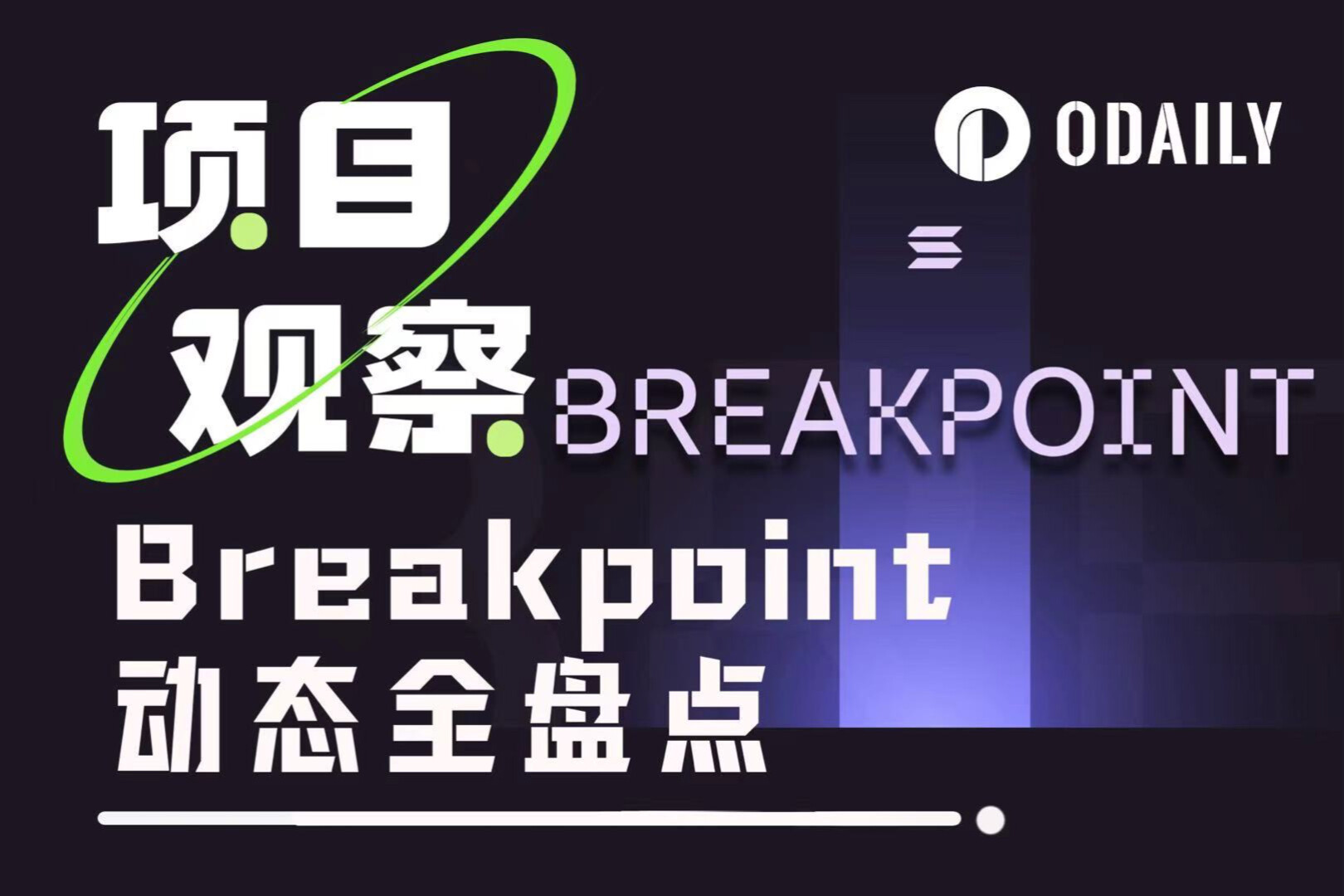Can Seaport and ERC-4907 become a new way to release NFT liquidity?
Two protocols newly launched in the NFT market: Seaport and ERC-4907, have brought creative gameplay to NFT transactions.
Seaport is a new Web3 market protocol launched by OpenSea. It can be understood as Uniswap in NFT. The goal is to buy and sell NFT safely and effectively. ERC-4907 is a leaseable NFT standard protocol launched by Double Protocol, an NFT rental market. It has passed the final review of the Ethereum development team and has become the 30th ERC standard with a status of "Final" (final version) on Ethereum.
Today we will take a look at what vitality these two new protocols have injected into the currently cold NFT market.
OpenSea:Seaport
Check the transaction details of NFT on Tokenview, and you may find information marked OpenSea: Seaport in the contract overview line. It is the new Web3 market protocol Seaport launched by OpenSea at the end of May. Unlike some platforms that can only exchange cryptocurrencies for NFTs, the Seaport protocol allows users to acquire NFTs in a series of new ways.
We know that OpenSea currently supports ETH transactions. On other NFT market platforms, NFT can only be traded through ETH or homogeneous tokens (APE, USDC, DAI). The Seaport protocol allows for the diversification of transactions. In addition to being able to exchange NFTs for other NFTs (such as several NFTs with poor liquidity for a currently popular NFT), the agreement allows bidders to bundle different assets (such as providing ETH/ERC20/ERC721/ERC1155 items) to Exchange for NFT.
That is to say, users will be able to post NFT quotes including ERC20, ERC721, and ETH, not just ETH transactions like OpenSea currently offers. For example, if a user wants to sell BAYC NFT, the price can be 100ETH, or 1 Doodle NFT and 60ETH. Whether it is a combination transaction of NFT or barter, it improves the liquidity and flexibility of NFT in the secondary market to a certain extent.
According to OpenSea, "Seaport's core smart contract is open source, decentralized in nature, has no contract owner, has upgradeability, and other features." Open source code and decentralization mean that anyone can use this protocol to build an NFT market. OpenSea's move is very much in line with the vision of Web3.0, and more creativity can be collided in an open market environment.
Once the OpenSea:Seaport protocol was launched, its daily burning volume remained high. According to Tokenview data, Seaport burned 220ETH within 24 hours, ranking first on the list.

In addition, the Seaport protocol's optimization of Gas fees has also become an important feature. The high Gas fee on Ethereum always discourages some players and projects. The important upgrade of the Seaport protocol is that it can greatly reduce the Gas fee.
Opensea said that if users use Seaport for transactions, they will be able to save about 35% of the Ethereum Gas fee, and the speed and performance have also been greatly improved. Based on last year's data, it is estimated that more than 460 million US dollars (about 138,000 ETH) in transaction costs will be saved.
ERC-4907
The NFT rental market Double Protocol has launched the leaseable NFT standard ERC-4907. The agreement has passed the final review of the Ethereum development team and has become the 30th ERC standard with a status of "Final" (final version) on Ethereum. It is worth noting that it only took three months for the ERC-4907 proposal to enter "Final" from being proposed to being approved.
Let's first introduce what Double Protocol and ERC-4907 are.
Double Protocol is an Ethereum-based NFT leasing agreement. Through this agreement, NFT owners can authorize their own NFTs to be used by lessees, and the NFT itself does not need to be transferred. Due to this feature, Double Protocol enables unsecured NFT leases. The ERC-4907 standard allows users to separate NFT ownership and usage rights through the dual-role setting. It also allows leased NFTs to automatically expire, meaning the user's usage rights will automatically terminate at the end of the lease period. The ERC-4907 standard significantly reduces the cost of developing and integrating NFT assets such as games and cards. It also makes them more liquid. At present, more than 12 projects have confirmed the application of the "ERC-4907" standard.
On June 29th, the leaseable NFT standard "EIP-4907" launched by the NFT leasing market Double Protocol has passed the final review of the Ethereum development team, becoming the 30th ERC standard with a status of "Final" (final version) on Ethereum . The standard realizes the separation of NFT ownership and use rights through the dual-role setting, and is the first to automatically withdraw the use right when it expires. The application of the "ERC-4907" standard will greatly reduce the development and integration costs of utility NFT rentals such as games, metaverses, and membership cards, making NFT assets more liquid. It is reported that there are currently 12 projects that have confirmed the application of the "ERC-4907" standard.
From the early avatar projects, the NFT market gradually began to seek a development model linked to real application scenarios. As NFTs play an increasingly important role in projects such as Metaverse and GameFi, their real potential value has emerged in the ability to represent practical assets.
As the demand for NFT in real-world application scenarios continues to grow, how to use the traditional economic relationship as a reference to endow the NFT financial market with new creativity is worth exploring and trying. As a commodity, NFT has value and use value. We know that ERC-721 realizes the right to use NFT through one-time delivery. ERC-4907 separates the asset value and use value of NFT. In traditional economics, this is an inevitable requirement for economic operation and resource allocation. Just like renting out houses in real life, the land in the Metaverse can also implement the separation of land ownership and use rights. The realization of this will make NFT more widely available.
At present, the application scenarios of NFT are relatively single. When the market is cold, the sales and price of NFT market have dropped sharply. Due to the lack of corresponding legal supervision in the market, news of assets being stolen and project parties running away are emerging one after another, and the NFT liquidity crisis has begun to emerge. ERC-4907 wants to solve the liquidity problem by separating the asset value and use value of NFT.
ERC-4907 adds a user role (UserInfo) in addition to the owner role of ERC-721, and adds the function expires to terminate user rights to facilitate leasing. expires is a crucial function, which realizes the function of automatically reclaiming user rights after the lease period ends, indicating that the lease relationship is declared invalid. This is convenient for owners (especially those who rent out multiple assets at the same time) and reduces unnecessary gas fee costs. It is reported that this is inspired by ENS. If the ERC-4907 standard is widely adopted, I imagine it will accelerate the growth of the NFT rental market, on which various interesting and unique transaction types can be built.
In this issue, we introduce two new protocols related to NFT. In fact, whether it is Seaport launched by Opensea or ERC-4907 launched by Double Protocol, they all try to solve the problem of poor liquidity in the NFT market from different aspects.
The emergence of the Seaport protocol conforms to the ideal of open source and decentralization of Web3, and the set mode of barter and combination transactions greatly improves the transaction flexibility of NFT. The ERC-4907 standard realizes the rental of digital product NFT, and provides a technical basis for the combination of online and offline rights and interests. Although the use cases of its real-world scenarios are still in the exploratory stage, the emergence of ERC-4907 has opened up new ways to play in the trading market.



